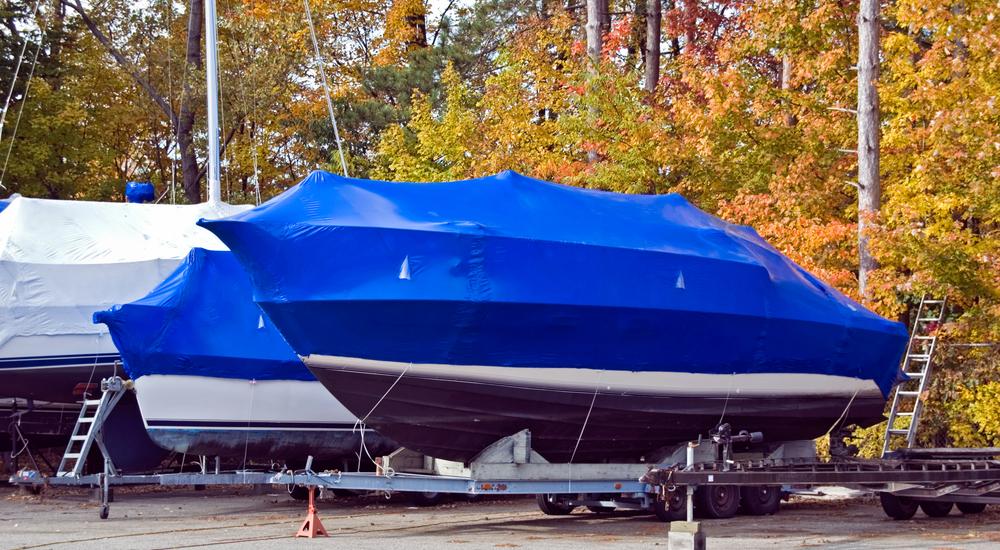Spring is here; it is time to de-winterize your boat. Within this article, you will find out what you need to do in order to de-winterize your boat the right way.
It is a detailed list that will guide you through the process and you will be boating and enjoying this warm weather in no time.
Step 1: Engine
You will need to begin with the engine. If the engine was not changed before the winter months, you will need to change the engine oil. Check out the out-drive oil as well to ensure everything is good to go. You will also need to replace the oil filter.
Step 2: Battery
You will then check the battery in your boat. If there is water in the battery, make sure that it is full. If the battery is dry, then you will need to replace the battery. Use a tester to check the amps and volts.
If you find that there is issues with the battery, take the old battery to the store and trade it in for proper disposal and purchase a new one.
Step 3: Cooling System
Next will be filling up the cooling system. You should have emptied this before the winter months to ensure it did not freeze. Ensure that you examine all of the hoses and make sure there are no cracks. You will also need to empty out the strainer.
Step 4: Gas Tank
You will need to ensure that there has been no moisture forming in the tank. Ensure that the fuel filter is changed, as well as no cracks present in the lines. It is not uncommon to see the lines crack from the freezing temperatures of winter
Step 5: Distributor
You will need to check the distributor as well. In order to do this, you will need to take off the cap. The winter months cause distributors to corrode. Once you have made sure the distributor is good, make sure to hook it back up properly.
Step 6: Boat Belts
The last thing that you will need to do is to check the boat’s belts. Any belt that is on the boat should be checked to ensure that it is not loose. If it is loose, then it means it is worn and needs to be replaced.
In order to check the belt to see if it is worn, push down on it slightly. One belt that needs to be replaced more often than not is the alternator belt. It will wear out a lot faster than other belts on the boat.
Another way to tell if the belt is worn out is to look at the pulley. If there is a material that resembles soot on it, then it is the belt wearing down. Replace this belt.
Remember, de-winterizing your boat is important before you take it out onto the water. It is as important as winterizing your boat before freezing weather sets in.
This list should be done the month when spring hits. It will give you a chance to make any repairs to ensure your safety when going onto the water.




